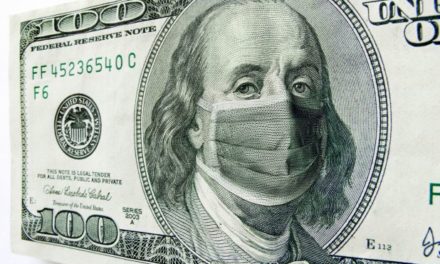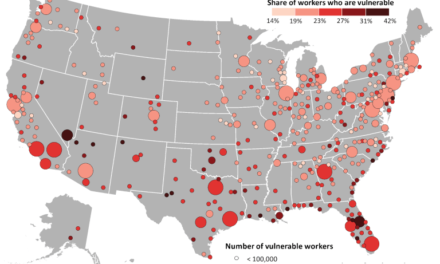From Bloomberg News:
Governors seeking to expand their economies by eliminating income taxes find little support for the idea in the record of U.S. states that lack such a levy.
The BGOV Barometer shows the nine states with the highest personal income taxes on residents outperformed or kept pace on average with the nine that don’t tax their residents’ incomes, according to a study of economic output, unemployment and household income by the nonpartisan Institute on Taxation and Economic Policy.
The findings show cutting state income taxes to stimulate growth relies on “flawed analysis” based on the theories of economist Arthur Laffer, said Carl Davis, a senior analyst at ITEP in Washington and author of the report. Laffer’s work was cited by Republican Governors Sam Brownback of Kansas and Mary Fallin of Oklahoma as a reason to cut income taxes as a way to stimulate job growth and attract business.
“Being low-tax doesn’t generate economic competitiveness or long-term economic viability,” said Ralph Martire, executive director at the nonpartisan Center for Tax and Budget Accountability in Chicago. “There are other factors that are far more important. The state tax burden overall is marginal compared to federal tax burden.”
Nine states have no personal income-tax: Alaska, Florida, Nevada, New Hampshire, South Dakota, Tennessee, Texas, Washington and Wyoming. The nine states defined as “high rate” by ITEP were California, Hawaii, Maine, Maryland, New Jersey, New York, Ohio, Oregon and Vermont.
Economic Output
Per-capita economic output increased an average 10.1 percent in the nine “high-rate” states, led by Oregon, which grew 26 percent from 2001 to 2010. New York, Maryland, Vermont, Hawaii and California also grew faster than the 8.1 percent average for the 50 states.
Among states with no income tax, New Hampshire, Washington, Texas, Florida, Tennessee and Nevada had growth rates below the 50-state average, with Nevada’s economy shrinking 2.7 percent during the period. The average growth rate for the nine no-tax states was 8.7 percent. Three no-tax states grew faster than the national average, led by South Dakota and Wyoming at 22 percent.
Median household income declined an average 0.7 percent among the nine “high-rate” states, compared with a 3.5 percent drop in the nine states without such a levy. The study found no difference in the average unemployment rate between the two groups of states. The time period of the report includes the 18- month recession that ended in June 2009.
Maintaining Spending
“States that have higher overall taxes have better capacity to weather economic downturns,” Martire said. “Then they can maintain their spending on the salary of workers, who then go out and spend their paychecks on the local economy.”
Kansas passed legislation this year that would cut taxes by more than $760 million a year, though the poorest 20 percent of Kansans, with an average income of $11,000, will have taxes increased, according to a separate ITEP report.
The study doesn’t prove that high income taxes will stimulate growth, ITEP’s Davis said. Rather, it shows “there’s no evidence” that cutting income taxes will boost growth.
“Those who don’t believe in Santa Claus or the Easter Bunny anymore, and actually look at facts and data, recognize that since supply-side economics has been implemented in America, the complete opposite of what supply siders had promised has occurred,” Martire said.




